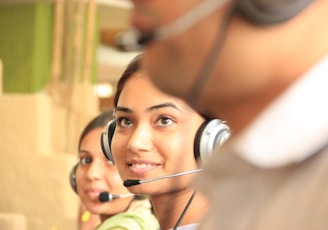export import process
Complete export-import process: from business registration, product research, and buyer/supplier sourcing to negotiation, documentation, logistics, customs clearance, payment collection, and after-sales. Includes key trade terms and compliance for global trade success.
Business Setup & Registration
Start by registering your business (Proprietorship, LLP, Pvt Ltd) and obtaining the Import Export Code (IEC) from DGFT. Open a current account with an AD bank and optionally register with Export Promotion Councils.
Product & Market Research
Select products with global demand and analyze target markets using ITC Trade Map, DGFT data, and B2B platforms. This helps understand pricing, competitors, and compliance needs.






Buyer/Supplier Identification
Find buyers (for export) or suppliers (for import) through B2B platforms, trade fairs, or sourcing agents. Verify credibility and negotiate product details, price, quantity, payment terms (LC, TT, DP), and delivery conditions (FOB, CIF, EXW).
Sampling & Quality Checks
Send/receive samples for approval. Use third-party inspection services (SGS, Intertek) if required. Finalize packaging and labeling as per import country standards.
Documentation & Compliance
Key documents include Invoice, Packing List, Bill of Lading, Certificate of Origin, Fumigation/Phytosanitary certificates, and insurance. Ensure proper HS code classification and licensing (if applicable).






Logistics & Shipping
Book shipping through freight forwarders (LCL/FCL). Complete customs clearance using the ICEGATE portal (India). Ship goods to the destination port.
Payment Collection
Use pre-agreed methods like Advance, LC, or TT. The bank processes export bills and BOE.
Post-Shipment
Submit documents to the bank, claim export incentives (RoDTEP, Duty Drawback), and maintain records for audits.






After-Sales
Ensure delivery, resolve issues, and build lasting buyer relationships.
